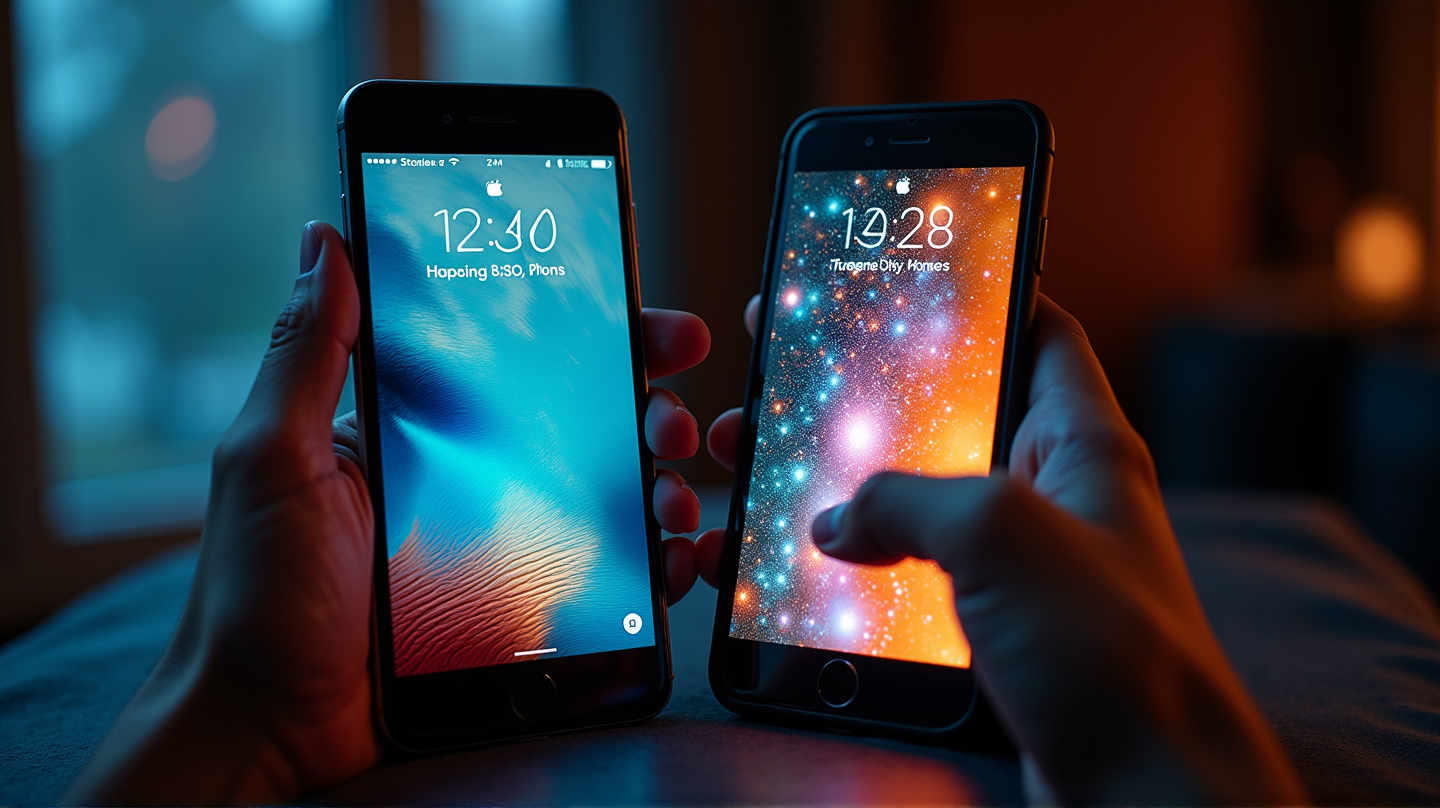The smartphones we choose can often reflect our personal tastes and preferences, much like the clothes we wear or the cars we drive. For many, the choice between Apple’s iPhone and Android devices extends beyond mere functionality and delves into identity, as illustrated by a compelling recent survey conducted by Secure Data Recovery. This survey delves into the nuanced tidbits that spur iPhone users to cast a critical eye on Android phones, but truthfully, many of these criticisms fall short of validity—pointing fingers more at Apple’s ecosystem rather than Android’s capabilities.
A Blurred Vision: Image Quality Misconceptions
Imagine texting a cherished snapshot to a friend, only for it to appear fuzzy and distorted upon arrival. According to the survey, a leading complaint from almost 60% of iPhone users is the subpar quality of cross-platform images and videos during their chats. Yet, the culprit isn’t an Android deficiency, but rather Apple’s iMessage that compresses such files heading to non-iPhones. In reality, apps like WhatsApp and Google Photos offer Android users a crisp, seamless media-sharing experience. So, while fingers are pointed, it’s Apple’s penchant for compression that’s blurring the vision.
Unraveled Threads: Group Messaging Frustrations
Group chats are designed for cohesion, yet for around half of the survey’s respondents, blending iPhones with Androids in group texts leads to a tangled mess. It’s common to find conversations splintering into separate threads or experiencing mysterious disappearing acts of crucial messages. This debacle is largely faced by iMessage enthusiasts unwilling to explore other robust platforms that foster smooth group interactions like WhatsApp and Telegram. According to Hindustan Times, it’s a classic case of limiting oneself to Apple’s garden.
Emoji Lost in Translation: Style Over Substance
In our emoji-driven communication era, seamless interaction with emoticons is more essential than ever. Yet, nearly 40% of those surveyed grumble about emoji discrepancies when exchanged between differing smartphone brands. While these annoyances make headlines, the reality is most Android users view this diversity as a charming quirk rather than an impediment. After all, flavor over uniformity spices up our chats!
The Ubiquitous Blue vs. Green Dilemma
Oh, the dreaded blue and green bubbles—a sometimes-embarrassing telltale of smartphone allegiance. Nearly 39% of participants perceive this color divide as more than skin deep, impacting inclusivity in conversations. This divisive coding is an iPhone invention; Android users remain blissfully unaffected by hue discrimination. Cross-platform apps eliminate this entirely, debunking its technical relevance.
Overlooked Indicators: Read Receipts and Typing Alerts
For about a third of iPhone users surveyed, the lack of read receipts or typing notifications when chatting with Android counterparts is seen as a major shortcoming. Ironically, Android’s RCS messaging answers these qualms effectively, but the functionality stalls due to Apple’s RCS non-cooperation. It’s a niche clash of ecosystems, hindering rather than helping communication.
The so-called smartphone rivalry endures, guided by information often misunderstood. Many “dealbreakers” attributed to Android are in truth the outcomes of Apple’s guardrails on communication flow. This divide is not merely a gap in technology, but perhaps more so, a deeply-rooted perception, one that’s unlikely to dissipate overnight.
